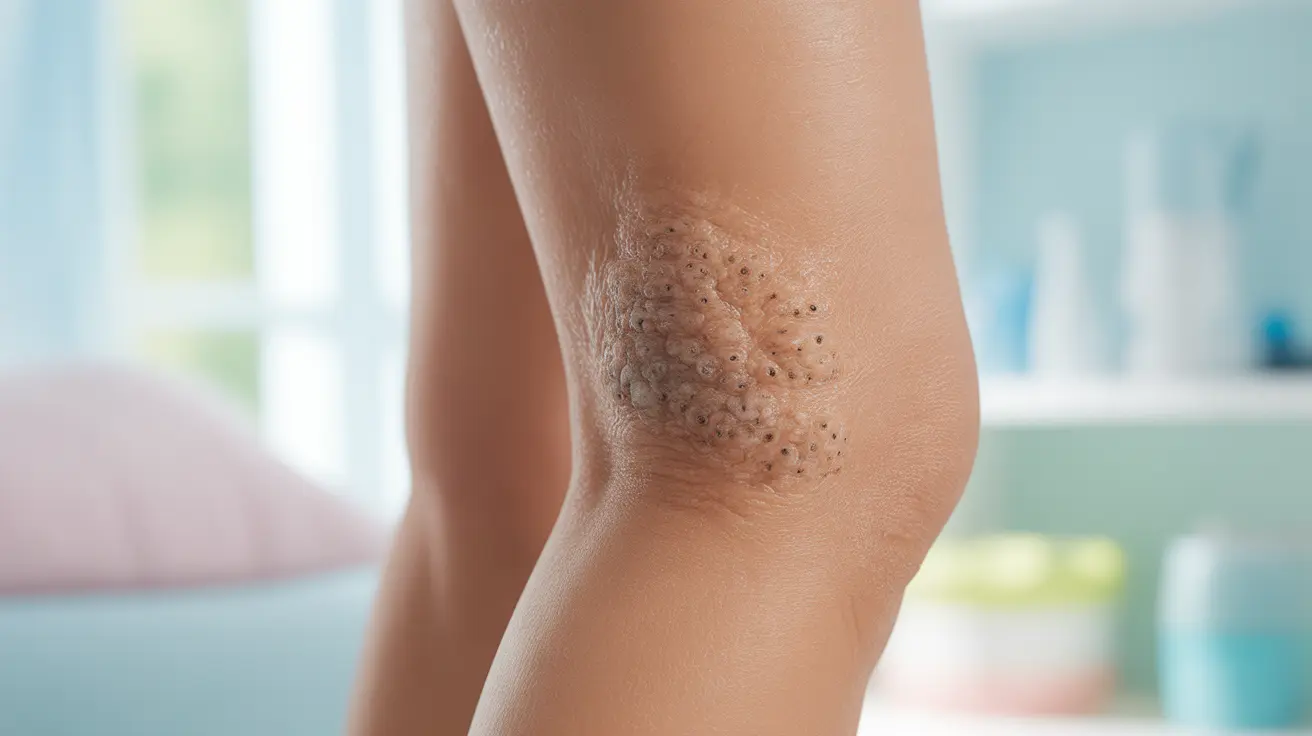Discovering blackheads on your inner thighs can be both concerning and frustrating. These small, dark spots occur when hair follicles become clogged with oil, dead skin cells, and bacteria, leading to open comedones that appear black due to oxidation. While common and generally harmless, understanding their causes and treatment options is essential for maintaining healthy skin in this sensitive area.
This comprehensive guide will explore the reasons behind inner thigh blackheads, effective treatment methods, and preventive measures to keep your skin clear and comfortable.
Understanding Inner Thigh Blackheads
Inner thigh blackheads develop due to several factors unique to this area of the body. The inner thigh region is particularly susceptible to these blemishes because it experiences frequent friction, trapped moisture, and limited airflow – creating an ideal environment for pore blockages.
Common Causes of Inner Thigh Blackheads
Several factors contribute to the formation of blackheads in this sensitive area:
- Friction from tight clothing or skin-to-skin contact
- Excessive sweating during physical activities
- Poor ventilation due to tight-fitting garments
- Accumulation of dead skin cells and oils
- Bacterial growth in warm, moist conditions
- Inadequate exfoliation and cleansing routines
Treatment Options for Inner Thigh Blackheads
Topical Treatments
Several effective topical treatments can help address inner thigh blackheads:
- Salicylic acid-based products
- Benzoyl peroxide cleansers
- Alpha-hydroxy acid (AHA) treatments
- Tea tree oil solutions
- Over-the-counter retinol products
Professional Solutions
For persistent cases, consider these professional treatments:
- Chemical peels
- Professional extraction
- Prescribed topical medications
- LED light therapy
- Medical-grade skincare products
Prevention Strategies
Implementing proper preventive measures is crucial for managing inner thigh blackheads:
- Wear loose-fitting, breathable clothing
- Shower immediately after exercising
- Use non-comedogenic moisturizers
- Exfoliate gently 1-2 times per week
- Change out of wet or sweaty clothes promptly
- Maintain proper hygiene practices
Warning Signs and When to Seek Medical Help
While most inner thigh blackheads are harmless, certain symptoms warrant medical attention:
- Severe inflammation or redness
- Recurring boils or cysts
- Deep, painful nodules
- Signs of infection
- Multiple blackheads that worsen despite treatment
Frequently Asked Questions
What causes blackheads to form specifically on the inner thighs?
Blackheads on inner thighs primarily form due to trapped sweat, friction, and poor ventilation in the area. The combination of moisture, heat, and skin-to-skin contact creates an environment where pores can become easily clogged with oil and dead skin cells, leading to blackhead formation.
How can I treat and prevent blackheads on my inner thighs effectively?
Effective treatment involves regular cleansing with salicylic acid or benzoyl peroxide products, gentle exfoliation, and wearing breathable clothing. Prevention includes maintaining good hygiene, avoiding tight clothes, and using non-comedogenic products.
When should I worry that blackheads on my inner thighs might be hidradenitis suppurativa?
Consider consulting a healthcare provider if you experience recurring painful bumps, deep nodules, or multiple blackheads that don't respond to traditional treatments. Hidradenitis suppurativa typically presents with more severe symptoms than regular blackheads, including inflammation and scarring.
What lifestyle changes can reduce friction and sweating that lead to inner thigh blackheads?
Key lifestyle changes include wearing moisture-wicking, loose-fitting clothing, maintaining a healthy weight, using anti-chafing products, and changing clothes promptly after sweating. Regular cleaning and exfoliation of the area can also help prevent blackhead formation.
Are there safe home remedies or topical treatments recommended for blackheads on inner thighs?
Safe home remedies include tea tree oil solutions, warm compresses, and gentle exfoliation with natural scrubs. Effective topical treatments include products containing salicylic acid, glycolic acid, or benzoyl peroxide. Always patch test new products before full application.




